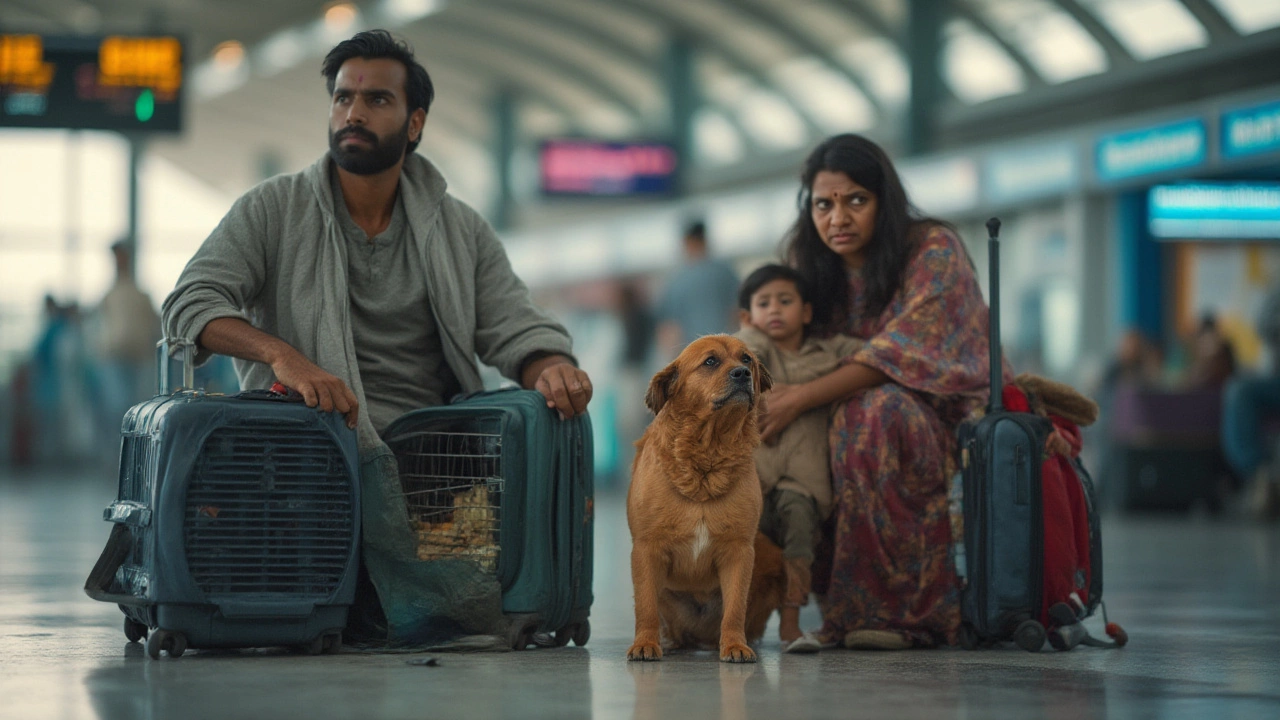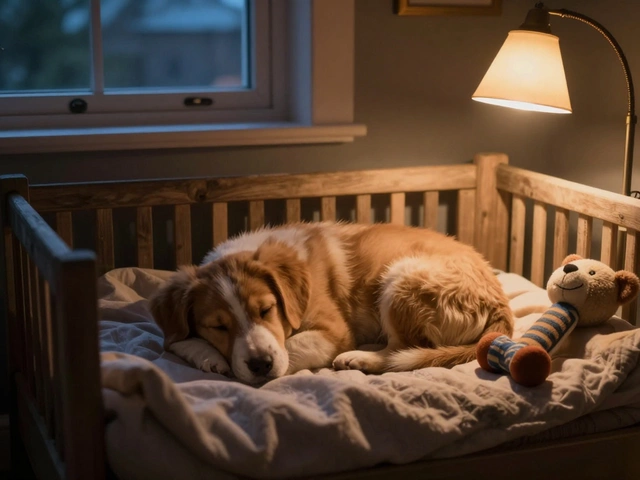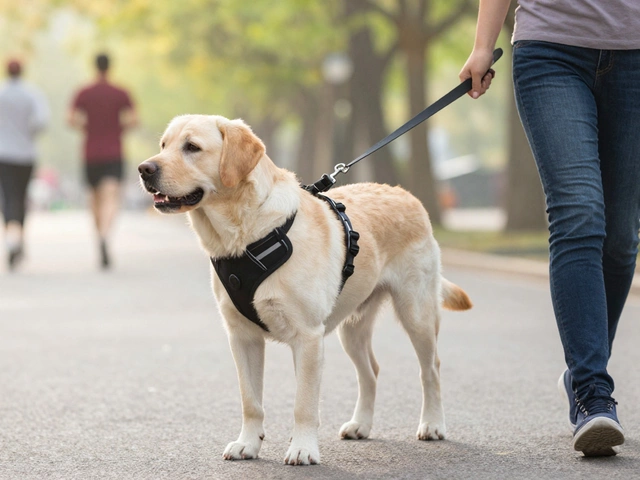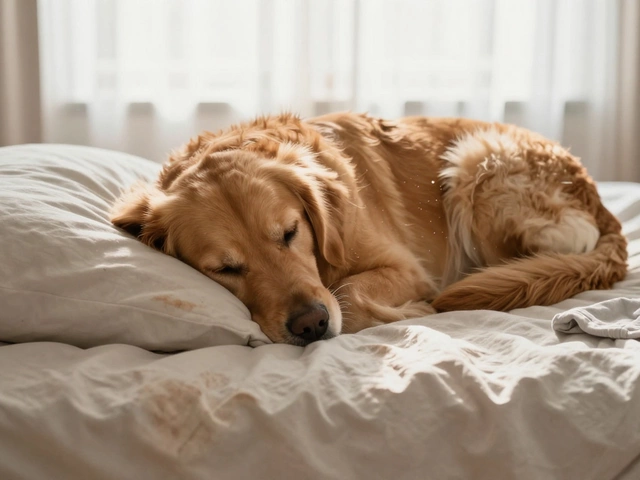Dog Travel Stress: How to Keep Your Pup Calm on the Road, Plane, or Train
Ever notice your dog whining, pacing, or drooling the moment you load the car? That’s travel stress showing up. It’s normal, but you can cut it down with a few easy steps. Below are real‑world tips you can start using today.
Spot the Signs Early
Before you even book a flight, watch for these red flags: excessive panting, trembling, drooling, or trying to escape the crate. If your dog gets nervous at the sound of a car door, they’ll likely react stronger in a moving vehicle. Knowing the triggers helps you plan smarter.
Prep Your Pup Like a Pro
Start the conditioning process weeks ahead. Put the travel carrier in a corner of the house, line it with a favorite blanket, and toss treats inside. Let your dog explore it freely, then gradually close the door for short periods while you’re home. The goal is a relaxed association – think “crate = cozy spot,” not “cage of terror.”
For car trips, take short “practice drives” around the block. Keep the rides under ten minutes at first, then add a few minutes each time. If your dog enjoys a particular toy or chew, bring it along on each trial. Consistency builds confidence.
When you’re traveling by plane, check airline pet policies early. Choose a direct flight if possible, and request a quieter section of the cargo hold. Some carriers allow a small familiar item to stay with the dog – a scent‑filled towel can work wonders.
Hydration and bathroom breaks matter too. Offer water before departure, but not too much that they need a bathroom mid‑flight. During car trips, stop every 1‑2 hours for a quick potty break and a short walk. A tired pup is a calmer pup.
Calming Aids That Actually Help
Not all calming products are created equal. A well‑fitted harness or a snug‑but‑not‑tight travel vest can give a sense of security. Pheromone sprays (like Adaptil) applied to the carrier’s interior can lower cortisol levels. If you’re open to supplements, talk to your vet about natural options such as L‑theanine or CBD oil formulated for pets.
Music isn’t just for humans. Soft classical tunes or specially designed dog calming playlists can reduce anxiety. Keep the volume low – you want a background hum, not a concert.
Never use harsh restraints or punish your dog for nervous behavior. Negative reactions only teach them that travel is scary. Instead, reward calm moments with treats and praise.
During the Journey
In the car, keep the temperature comfortable (around 68‑72°F). Avoid loud radio stations or sudden stops. If you have a seat belt, secure the carrier with a seat belt loop to prevent it from sliding.
On a plane, arrive early so you can walk your dog and let them stretch before the cabin doors close. Once the flight begins, check on them periodically if the airline allows. A quick reassuring voice can make a big difference.
After you arrive, give your dog a chance to sniff around, stretch, and relieve themselves. Offer water and a light snack, but keep it simple – no heavy meals right after a long trip.
Travel stress isn’t something you can erase completely, but with these steps you’ll see a calmer, more confident companion on every adventure. Ready to plan your next trip? Start training the carrier today, pack the favorite blanket, and watch your dog enjoy the journey as much as the destination.

Is Flying in Cargo Traumatic for Dogs? What Every Owner Needs to Know
Worried about dogs flying in cargo? Discover science-backed truths, common risks, coping strategies, and must-know tips so you can make smart choices for your pup.
read more



